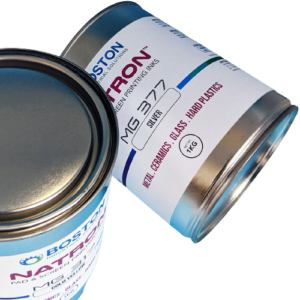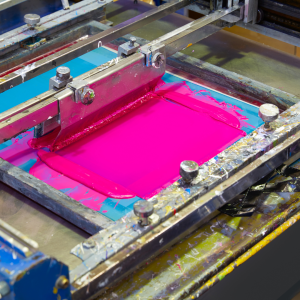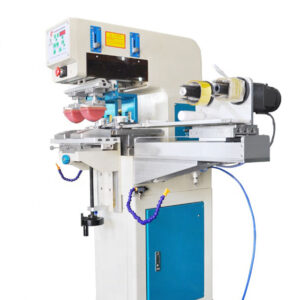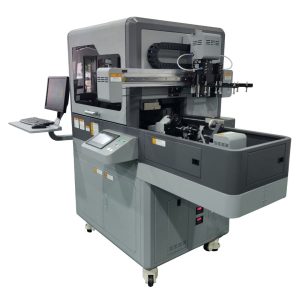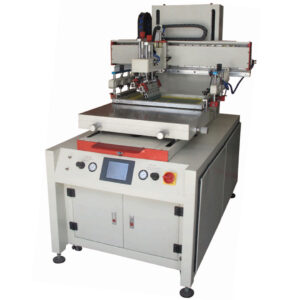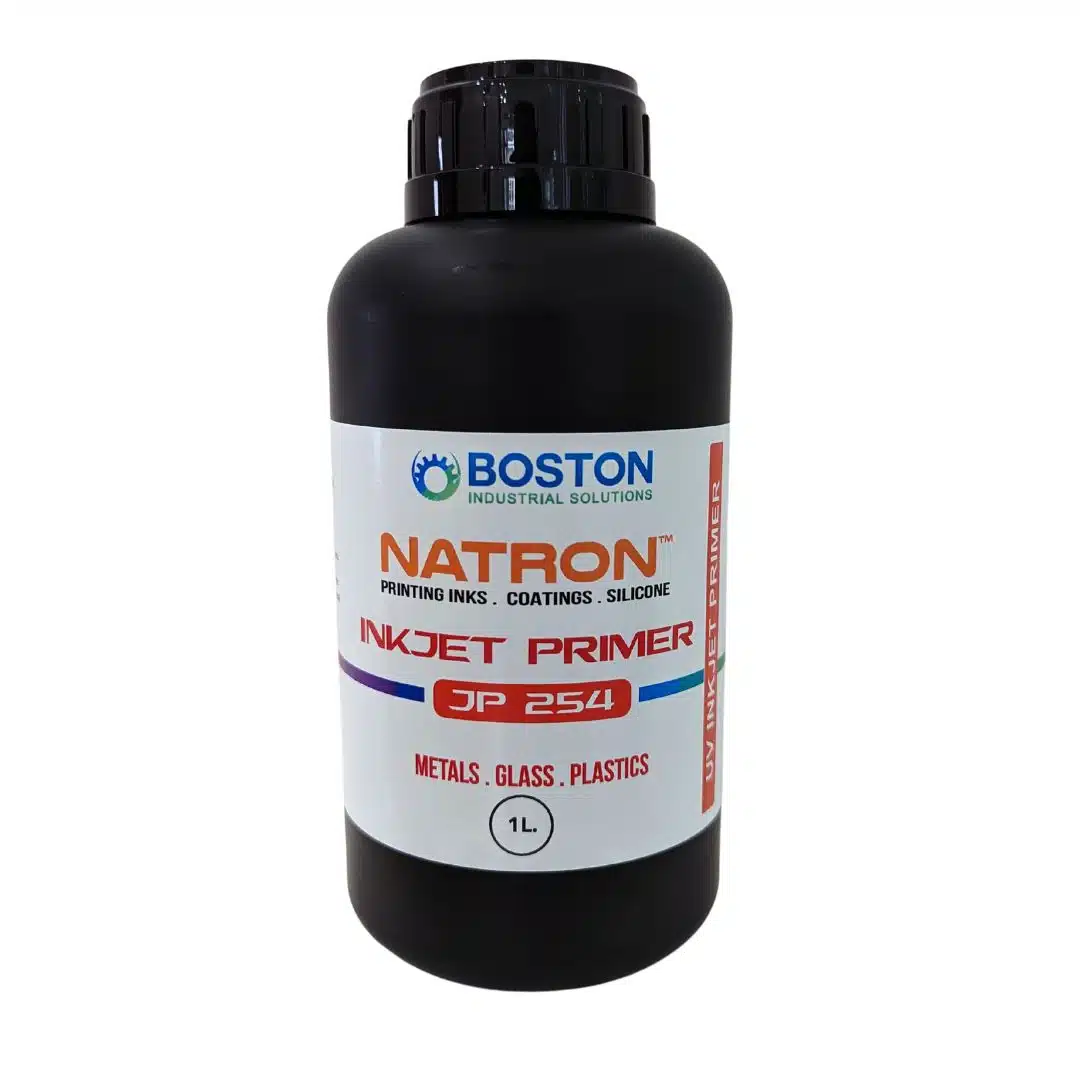Everything you need to know about this essential first step in UV digital printing.
Using UV adhesion promoter (UV inkjet Primer) may seem like an extra step in the UV inkjet printing process. However, the benefits outweigh the extra work. A UV ink primer creates the foundation for permanent UV ink bonding to the substrate. The primer also enables you to achieve an excellent printing job, allowing the ink to bond well to the substrate for years. Every printed-on glass and wondered why the ink was peeling off? Whether you are new or a pro at UV printing, using a UV adhesion promoter will help you achieve a perfect professional UV print.
Learn more about our Gyra® cylindrical inkjet printer.
What does a UV inkjet primer do?
As discussed, a primer is a pre-treatment (coating applied) to a substrate with low surface energy before printing with UV inks—whether UV/LED inkjet inks or UV screen printing inks. Additionally, it is important to note that printing primers also work with solvent-based screen and pad printing inks. Below are some of the functions and benefits of pre-treatment coatings.
- The primary function is to increase the surface energy of the substrate, which improves the adhesion of solvent and UV/LED-curable inks to the substrate. Better ink adhesion leads to excellent print quality and durability.
- Substrate compatibility with inks: UV adhesion promoters enable UV and LED-curable inks to print on a wide range of substrates, such as PP plastics, HDPE, metal, glass, stainless steel, acrylics, PVC, and other substrates. It is possible to use one type of UV inkjet ink for printing on multiple substrates by using a different primer on a different substrate.
- Primers also clean the surface for printing. As a result, the print quality increases drastically increased. Additionally, because the surface energy of the substrate is increased, static ink bleeding is reduced.
When to use UV adhesion promoter
Understanding materials is one of the most critical jobs for a decorator or a printer. Knowing materials enables printers to know when and on what materials to use as a pre-treatment option. Many injection molding and industrial companies are constantly experimenting and creating new materials. Therefore, it is important to consult TDS to inform you of the type of material you are about to print on. Also, if in doubt, send us your parts; we have a free ink adhesion testing lab. The job of this lab is to determine the best inks and adhesion promoters for your specific project.
Secondly, there are several materials that have low surface energy; these are stainless steel, polypropylene plastic (PP), high-density polyethylene (HDPE), glass, EPDM rubber, acrylics, etc. Below is an application guide for our most popular UV adhesion promoters.
How many coats should I apply?
Only a small amount of primer is required. You should use as little as possible and one or two continuous coats. Visit our YouTube channel to learn how to properly apply G1 Glass Adhesion Promoter. Applying excess primer will result in a haze. If you apply too much primer, wait for it to dry, and wipe off the excess with alcohol.
Need help figuring out how much primer you need? Visit our support hub or reach out to us for additional help.


